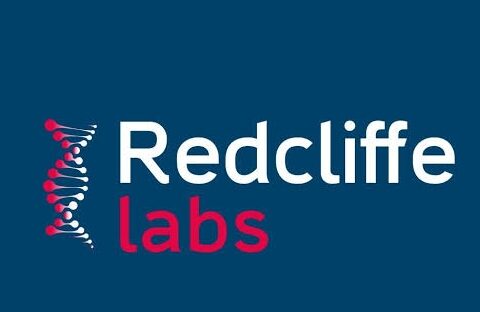 Arthur Olson, Anderson Research Chair Professor in the Department of Molecular Biology at The Scripps Research Institute and Founder and Director of the Molecular Graphics Laboratory will give a Keynote Presentation on “Interacting with Protein Interactions” at the Protein-Protein Interaction Conference to be held in San Diego, CA on October 23-25, 2013 by GTC.
Arthur Olson, Anderson Research Chair Professor in the Department of Molecular Biology at The Scripps Research Institute and Founder and Director of the Molecular Graphics Laboratory will give a Keynote Presentation on “Interacting with Protein Interactions” at the Protein-Protein Interaction Conference to be held in San Diego, CA on October 23-25, 2013 by GTC.
Dr. Olson will discuss the challenges and demonstrate three levels of interaction with protein interactions: 1) human perceptual and cognitive interaction with complex structural information; 2) interaction and integration of multiple data sources to construct cellular environments at the molecular level; and 3) interaction of software tools that can bridge the disparate disciplines needed to explore, analyze and communicate a holistic molecular view of living systems.
In order to increase understanding and interaction with complex molecular structural information Dr. Olson has combined two evolving computer technologies, solid printing and augmented reality. He has created custom tangible molecular models and track their manipulation with real-time video, superimposing text and graphics onto the models to enhance their information content and to drive interactive computation.
Dr. Olson recently developed automated technologies to construct the crowded molecular environment of living cells from structural information at multiple scales as well as bioinformatics information on levels of protein expression and other data. Dr. Olson can populate cytoplasm, membranes, and organelles within the same structural volume to generate cellular environments that synthesize our current knowledge of such systems.
Dr. Arthur Olson is the Anderson Research Chair Professor in the Department of Molecular Biology at The Scripps Research Institute and founder and director of its Molecular Graphics Laboratory. He received his B.S. (Honors) in Chemistry from the University of Michigan and his Ph.D. in Physical Chemistry from the University of California, Berkeley. He was a Damon Runyon Postdoctoral Fellow at Harvard University, working on the first atomic resolution structure of an intact viral capsid.
He is a pioneer in the analysis and visualization of biological assemblies spanning length scales from angstroms to microns. His laboratory has developed, applied and distributed a broad range of molecular modeling and visualization software tools over the past 30 years, including AutoDock, which is the world’s most highly cited ligand protein docking code. He started the first Internet distributed biomedical computing project, FightAIDS@Home, which is now running on over two million computers worldwide, and which was honored by resolution in the California State Legislature. His latest work in molecular visualization focuses on the development of novel and intuitive human interfaces for research and education in structural molecular biology utilizing solid printing and augmented reality technologies. Olson’s visualizations and animations have reached a broad audience through public venues such as the Disney EPCOT center, Public television, and a number of art and science museum exhibits around the world.
The relatively new field of Protein-Protein Interaction (PPI) is experiencing fantastic growth in the field of drug discovery. The key concepts of PPI are to understand how proteins interact, to understand why inhibiting them is beneficial, and how to identify molecules that block the interactions as treatment strategies.
The Protein-Protein Interaction Conference will have sessions that cover novel techniques, new algorithms databases for PPIs, and potential druggable sites for disrupting protein-protein interactions. Attendees will gain an enhanced understanding of the molecular basis of peptide and protein aggregation and insights into the design of inhibitors of peptide and protein aggregation. Some focused topics we will discuss is how inhibiting PPIs can be a promising therapeutic target, PPI interactions within the TNF family, the first small-molecule inhibitors for the CD40–CD40L, and much more including the fundamental aspects of protein-protein interactions.
This conference is also part of the Protein Discovery Summit, which consists of this track and three other tracks:
I. Antibody and Protein Therapeutics
II. Protein Expression, Purification & Characterization
III. 2nd Protein Kinases and Drug Design
Source: efy times








